Press release: "Butterflies or business - Europe can have both!"
The European Environment Agency (EEA) released today its fourth Environment State and Outlook report — SOER 2010 — a comprehensive assessment of how and why Europe’s environment is changing, and what we are doing about it. SOER 2010 concludes that a fully integrated approach to transforming Europe to a resource-efficient green economy can not only result in a healthy environment, but also boost prosperity and social cohesion. [...]
SOER is the EEA's flagship report published every five years, aimed at providing information on the state of, trends in and prospects for Europe’s environment, including causes, impacts and potential responses. SOER 2010 consists of four key elements: (i) thematic assessments on key environmental issues (climate change, biodiversity, land use, air pollution, marine environment, consumption, etc.) each accompanied by relevant facts and trends, (ii) an assessment of global megatrends relevant for Europe’s environment, (iii) country assessments, and (iv) an integrated synthesis report.
Europe's environment: thematic assessments summaries
SOER 2010 includes a set of 13 Europe-wide thematic assessments of key environmental themes. Each thematic assessment includes a summary of the main issues, a selection of key facts and key messages and a more in-depth assessment.
Audiovisual materials on SOER 2010 for media use
Photographs for media use
The European Environment Agency has the copyright to the following photographs. They can be reproduced by the media free of charge, provided that the source is mentioned (© EEA). Download all photographs in a .zip file
- Climate change and high population density represent new challenges to Europe, which can trigger innovative solutions. Floating houses in the Netherlands. Large version
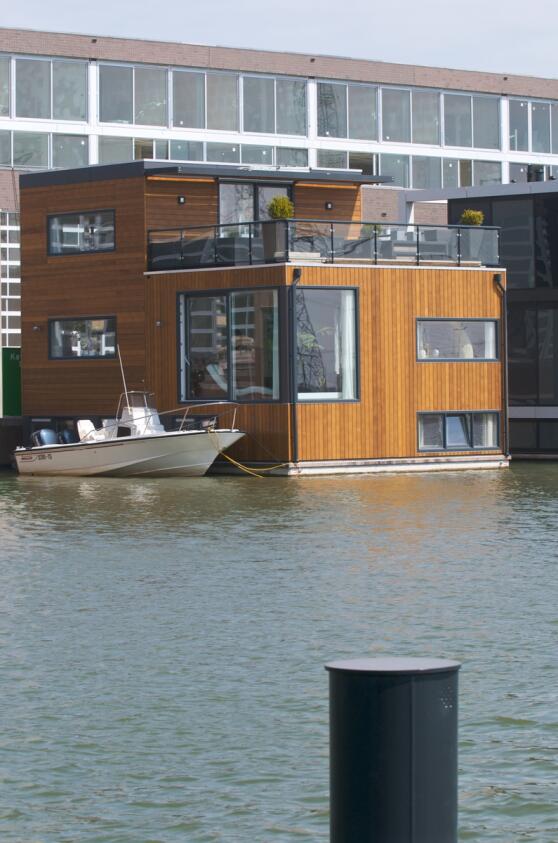
- Every summer countless volunteers head to Cirali beach near Antalya, Turkey, to help local communities protect Caretta Caretta turtles. Volunteers checking the cage on the turtle nest. large version
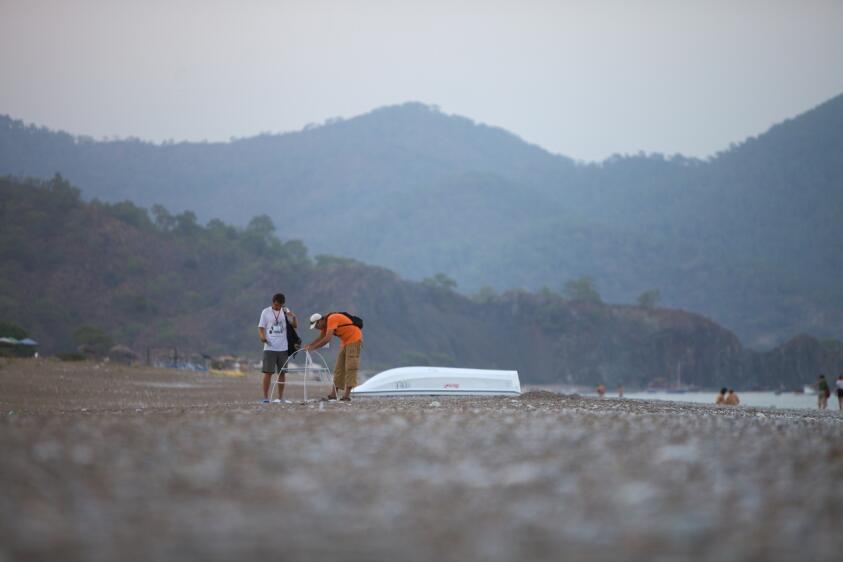
- Turtle conservation programme in Cirali, Turkey, allows tourists to benefit from the bathing site while ensuring strict preservation of the nests. large version
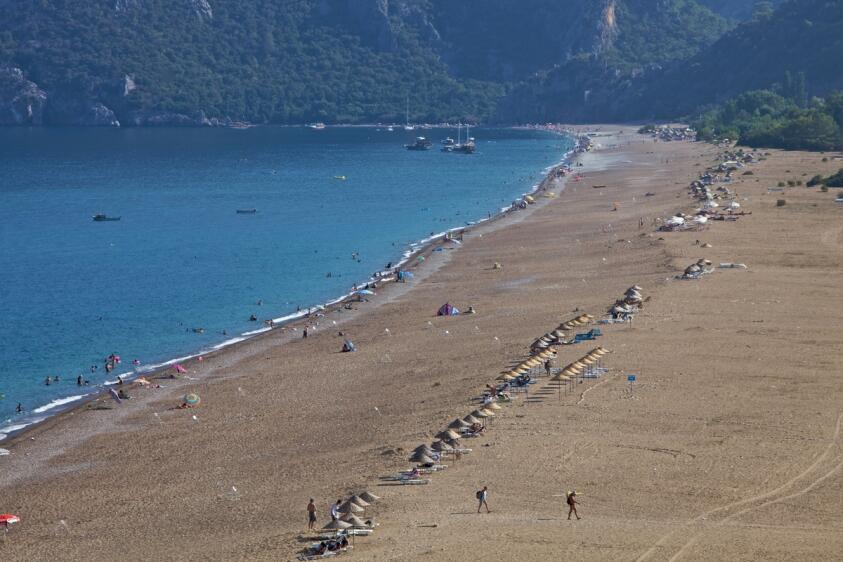
- In the strictly protected part of the Bialowieza National Park, Poland, decomposing trees lie on the ground covered in moss and mushrooms, allowing the forest to regenerate itself naturally. large version

- The Ecovillage outside Cloughjordan in County Tipperary, Ireland, brought together a group of enthusiasts who aimed at reducing their carbon footprint by incorporating sustainability into every aspect of their lives. Large version
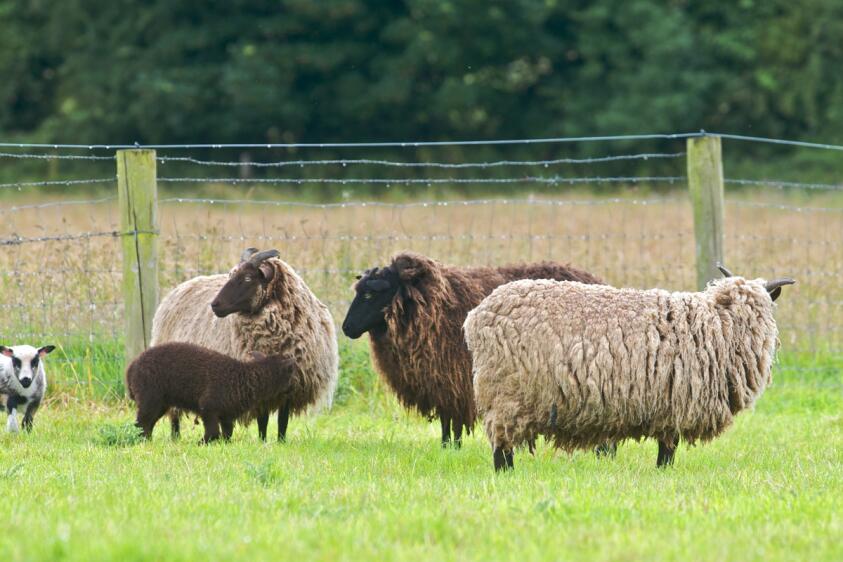
- The family-run Fattoria La Vialla in Tuscany, Italy, practices truly sustainable farming. Every element of the production chain, from preparing the soil through to packaging the produce, has been planned with the environment in mind. Fattoria La Vialla produces a wide range of produce from wine to chili pepers. Large version
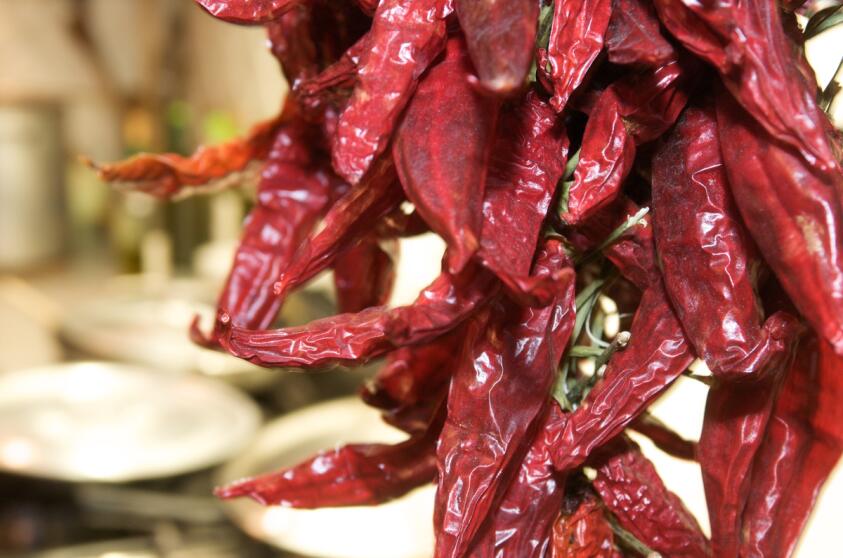
- The last free roaming bison in the Bialowieza Forest died in 1919. Through a breeding programme drawing on few specimen left in zoos and private collections, more than 450 bisons have been reintroduced into the forest. large version
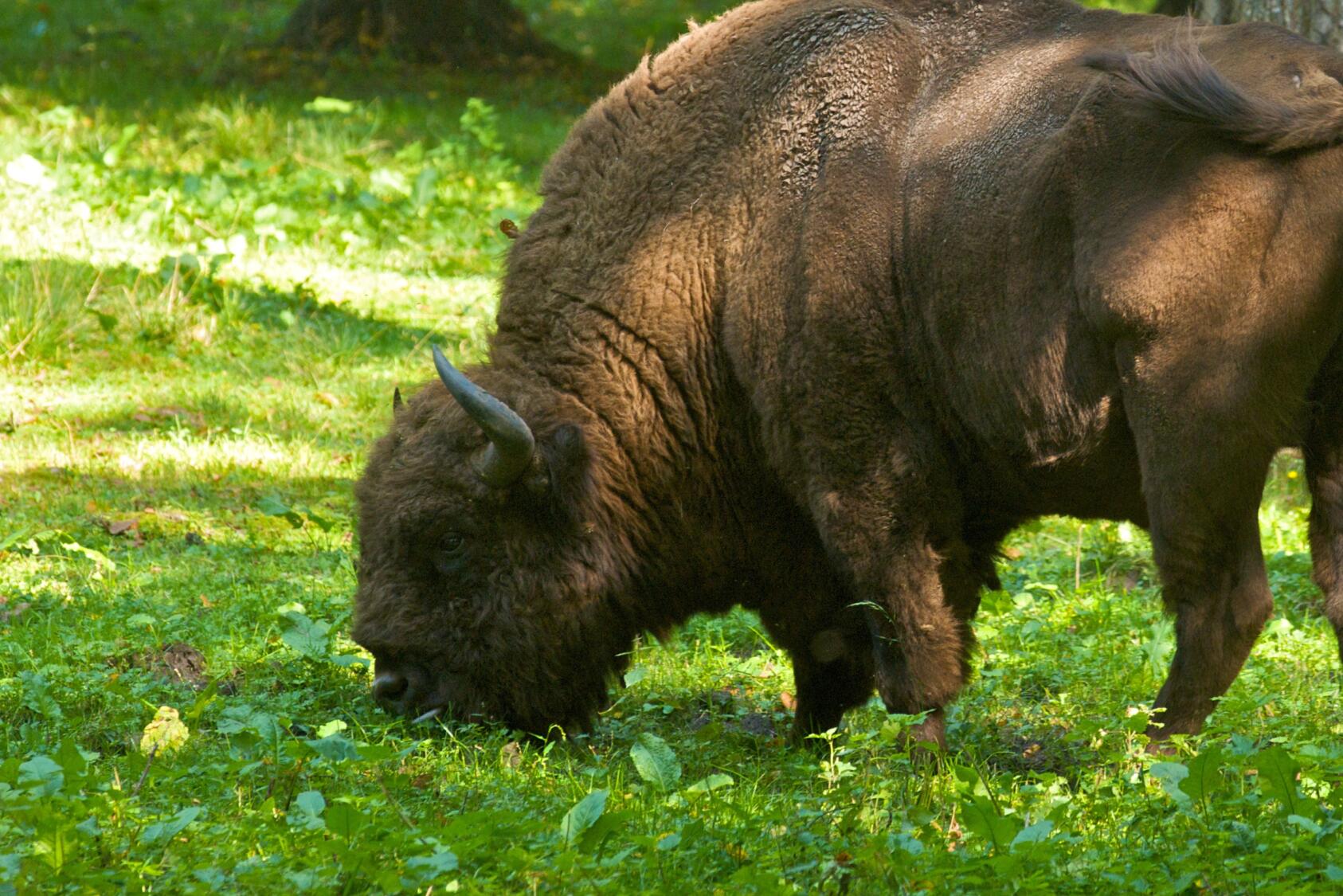
- In the strictly protected part of the Bialowieza National Park, Poland, decomposing trees lie on the ground covered in moss and mushrooms, allowing the forest to regenerate itself naturally. large version
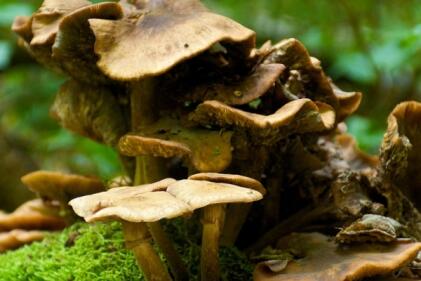
- Reindeer herders in the Arctic regions of Norway, Sweden, Finland and Russia are now faced with increasing impact of climate change on their livelihood and life style. Warmer temperatures and change in rain and snow fall have affected reindeers' access to their food sources, resulting in up to 90 % of the animals starting to death in worst years. Large version
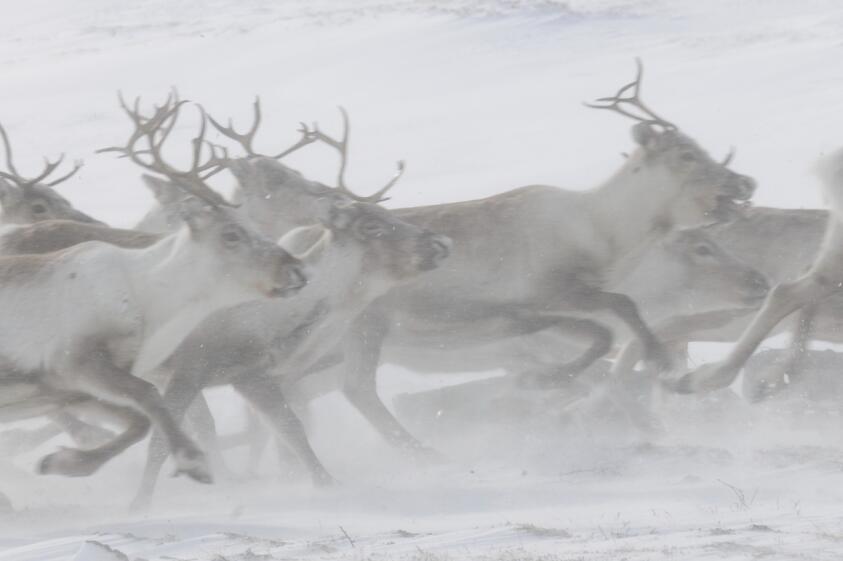
- Reindeer herders in the Arctic regions of Norway, Sweden, Finland and Russia are now faced with increasing impact of climate change on their livelihood and life style. Warmer temperatures and change in rain and snow fall have affected reindeers' access to their food sources, resulting in up to 90 % of the animals starting to death in worst years. Large version
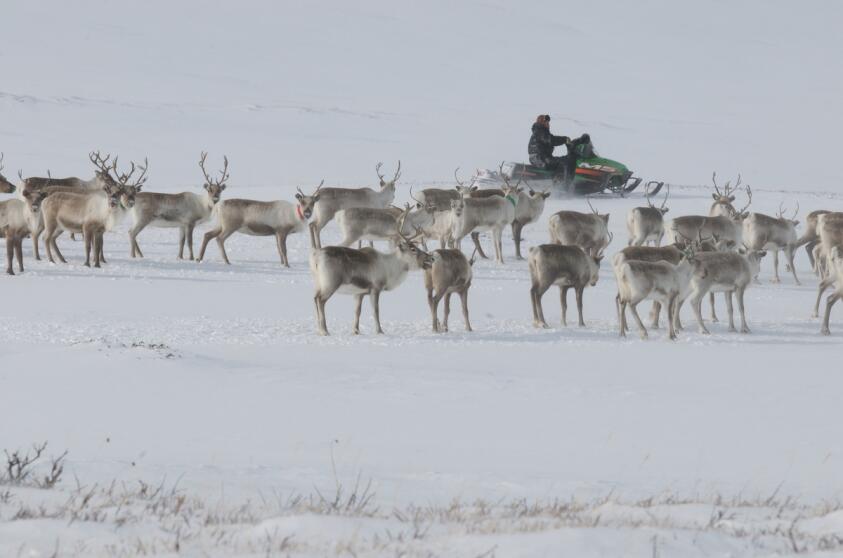
- Over 20 years ago, the Reimat winery, one of the largest in the world, shifted from traditional to sustainable production. Incorporating modern technologies such as GPS and GIS in their farming practices has also allowed the winery to use pest control and natural fertilisers only where needed. Large version
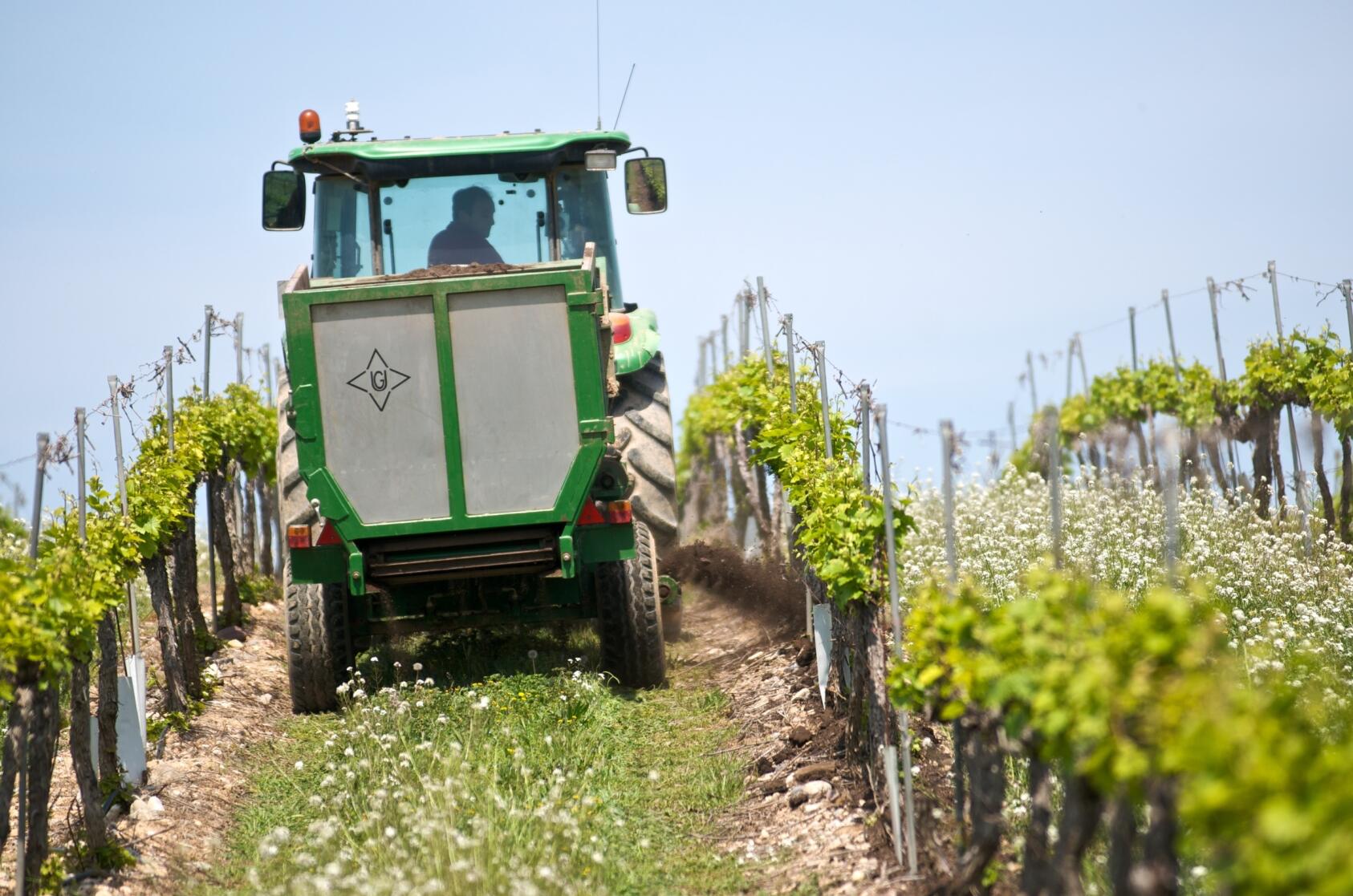
- Over 20 years ago, the Reimat winery, one of the largest in the world, shifted from traditional to sustainable production. Incorporating modern technologies such as GPS and GIS in their farming practices has also allowed the winery to use pest control and natural fertilisers only where needed. Large version
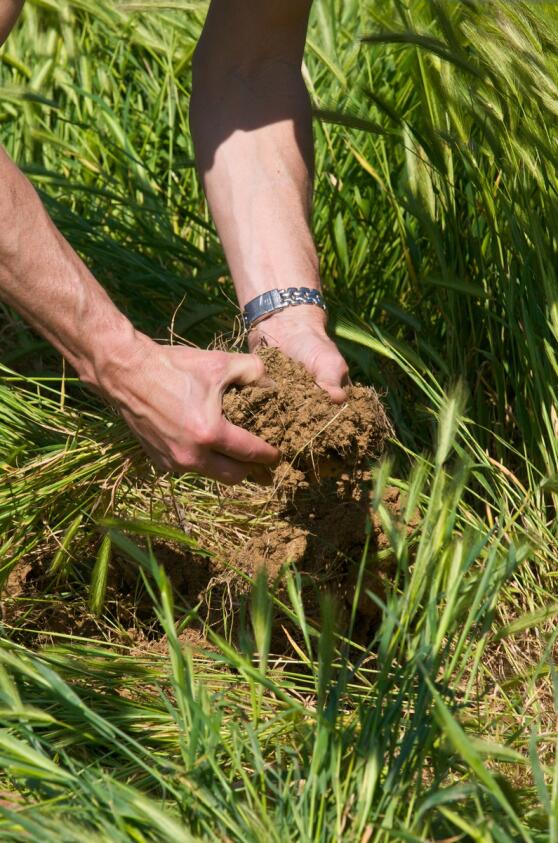
- Over 20 years ago, the Reimat winery, one of the largest in the world, shifted from traditional to sustainable production. Incorporating modern technologies such as GPS and GIS in their farming practices has also allowed the winery to use pest control and natural fertilisers only where needed. Large version

Contact information
For media inquiries:
Document Actions
Share with others